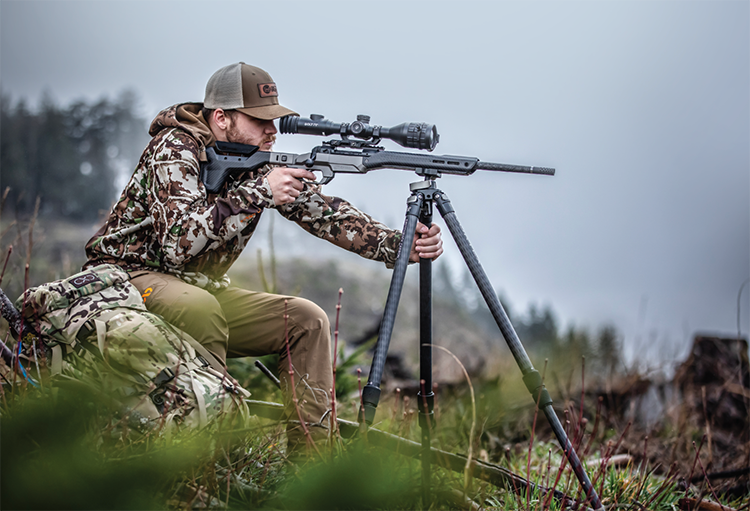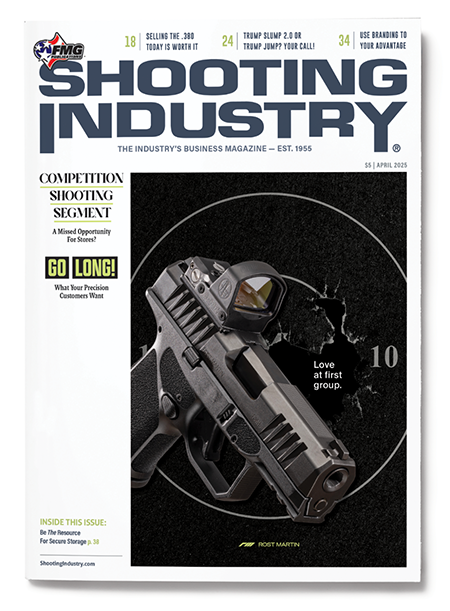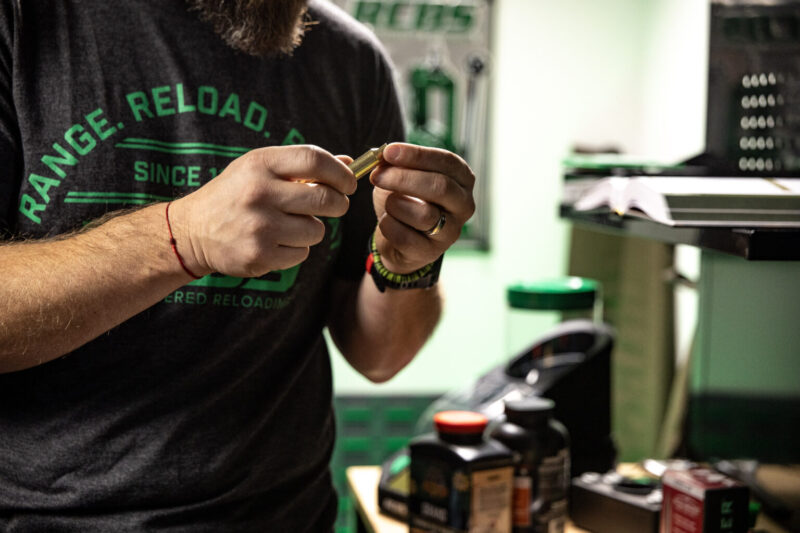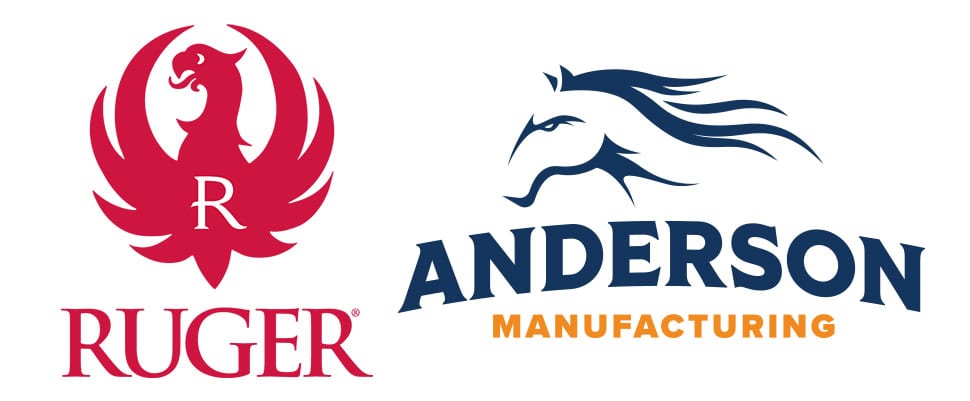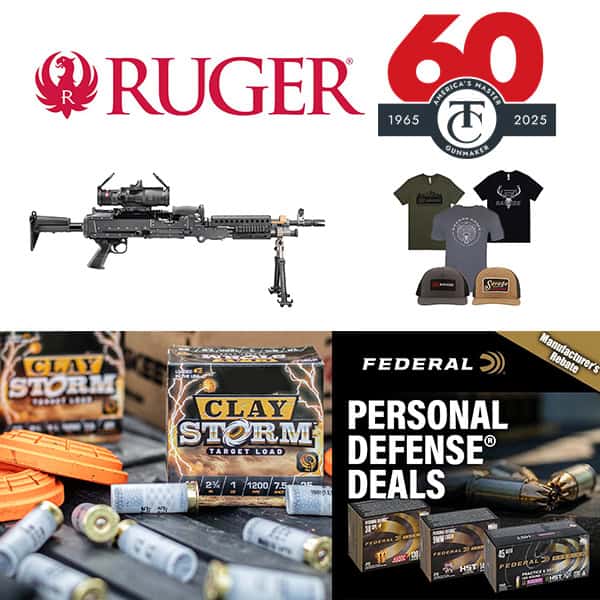Go Long!
What Your Precision Customers Want
For most gun shops, sales of firearms and accessories revolve around handguns. It’s what most customers are looking for, whether it’s for self-defense, range fun or competitions.
Of course, “most” isn’t the same thing as “all.” With a bit of effort — and a willingness to try something different — a shop can tap into these other interests, including the growing long-range/precision rifle segment.
This isn’t everyone’s cup of tea. And these guns may be a tougher sell in geographical areas with no access to the kind of ranges needed to exploit the potential of rifles capable of reaching out 1,000 yards or more.
But there’s a definite demand, contends Allen Bennett, owner of Full Circle Reloading & Firearms in St. Charles, Mo. The challenge, alone, is enough to spark curiosity in some customers.
“It’s not super hard to hit a steel target at 15 yards with a pistol,” noted Bennett, who also competes in precision rifle competitions. “But when people think about a 1,000-yard shot, it’s got a certain sex appeal.”
There’s the added bonus the segment is essentially immune to the panic-induced buying that can plague the handgun, shotgun and modern sporting rifle segments.
These guns — and all the accessories that go with them — also have a strong appeal to hunters, said Chad Converse, manager of Sprague’s Sports in Yuma, Ariz.
It’s what attracted Converse to the long-range game. It seemed like a practical way to make longer shots easier and extend his ability to give animals a clean, ethical death.
“Now, if I have a 300- or 400-yard shot, it actually seems more like a chip shot, where years ago it would seem kind of like a Hail Mary,” he shared.
To understand what sparked the upward trend in the market, Bennett points to the 2015 introduction of the Ruger Precision Rifle. This development brought precision rifles within easier reach of customers who wanted to get into long-range shooting — without having to jump through a lot of gunsmithing hoops.
“For the first time, they offered consumers a completely range-ready system and did it for a price that wouldn’t put you in sticker shock,” Bennett noted. “Because Ruger changed the market so aggressively, everybody else was forced to innovate. Now everybody’s packing more precision, more accuracy, better triggers and more ergonomic stocks for less money than they did a decade ago.”
Top Rifles
As with higher-end handguns, prices can run north very quickly in the precision segment.
Sprague’s Sports offers higher-end models from Cadex Defense and Barrett Firearms — companies whose rifles can easily push $5,000 and beyond. Full Circle provides the parts — from Straight Jacket Armory and Stuteville Precision, for example — needed for customers to assemble their own custom rifles in the $3,500 range.
“We’re probably selling 25 to 30 custom rifles a year,” remarked Bennett, while noting that modern manufacturing allows customers to build these rifles with little or no gunsmith assistance.
“The tolerances on these modern actions are so tight we don’t actually have to send the action off to have a barrel cut to that action,” he said. “We can just order a barrel, spin it on, torque it down, check the headspace and we’re good to go.”
Not every customer is ready to build their own rifle or spend more than $2,000 on one. Fortunately, both shops say there are lower-priced options — the Bergara B-14 HMR and Ruger’s Precision Rifle, for instance — that easily meet the needs of anyone interested in precision long-range shooting.
Still, even then it can be a challenge to convince a customer about the value of these rifles.
“If you have a $500 rifle and you’ve been hunting deer for 25 years, and you’ve never missed, why would you need more? When people find something they like it’s difficult to get them to change,” Bennett explained.
The key is being able to connect with the customer to help them understand how much better things could be. Full Circle does this through introductory classes at the range and through the expertise of its sales staff, which is full of competitors in a range of disciplines. This helps customers realize what a modern precision rifle can do — compared to that trusty old $500 deer gun.
“The difference in how that rifle system shoots is unbelievable,” Bennett stressed. “It’s not just accuracy. It’s the way it recoils and the way it tracks because the recoil impulse is so different.”
For anyone who’s followed long-range shooting over the past decade, the top caliber will come as no surprise, with 6.5 Creedmoor continuing its dominance. At Sprague’s, there’s still a decent amount of interest in the venerable .308 Winchester and 6.5 PRC. They’re also watching Federal’s new 7mm Backcountry, which may appeal to long-range hunters.
“It’s getting a lot of questions from the consumer side. And the industry is excited as well,” Converse observed.
The Essentials
It’s hard to think of a shooting segment more reliant on accessories than this one. With most guns, there’s not a lot you need in order to enjoy a trip to the range. Sure, it’s nice to have a holster and a few extra mags for a new semi-auto, but you can get by with what’s in the box.
This isn’t the case if you buy a precision rifle and plan to use it for what it was built to do. Several accessories — some admittedly more important than others — will need to be part of that initial purchase.
The single most important element is the optic. With the easy availability of information via the internet, most of your customers will already know this won’t be a minor expense.
Conventional wisdom says you should expect to spend about the same on the optic as you do on the rifle. But it comes down to what the customer hopes to do with the rifle, said Bennett.
If shooting prairie dogs is the goal, a top-of-the-line optic may not be needed, but when someone wants to shoot out to 1,000 yards, the quality of the glass will be critical.
“The optic is the single most important part of the system. I would rather see a $3,000 optic on a $500 rifle than a $500 optic on a $3,000 rifle,” Bennett stated. “You can’t hit what you can’t see.”
Full Circle does well with a range of optics, including the Vortex Viper HD (particularly popular with deer hunters), Leupold Mark 4 and Nightforce NX8.
Vortex and Leupold are also popular at Sprague’s Sports. On the premium side, customers like the offerings from Swarovski and its sister company Kahles.
Both shops employ the “good, better, best” approach when it comes to stocking optics. It guarantees any customer can find something in a price range they can be comfortable with.
“With the economy, not everyone has the same money to throw at these types of games,” Converse said. “And with today’s technology and manufacturers, you can still get into some really good stuff at a lower price point.”
After choosing an optic, there are still several items on any precision shooter’s shopping list. This includes bipods, tripods, bubble levels, suppressors, spotting scopes, rangefinders, ballistics calculators and Kestrel weather meters.
Market Outlook
With customer interest in long-range shooting on the rise, both shops are optimistic about the future of the segment. It helps so many quality manufacturers of rifles, optics and ammo make it easier for customers to get involved without a lot of fuss.
“It’s a rewarding and gratifying feeling when you start hitting stuff at longer ranges than you thought were possible,” Converse shared. “When you start doing it, it becomes almost therapeutic.”
It’s also a way to alter your enjoyment of shooting. Consider how long it takes at the range to blow through $80 worth of 9mm handgun ammo. Depending on the type of shooting you’re doing, you might be done in half an hour.
The same amount of money spent on 6.5 Creedmoor for a day on a 1,000-yard range is quite a different pace.
“That could literally last you four or five hours on the range, shooting and calling shots with your buddies,” Converse said. “It extends your day of shooting and enjoying your time with friends and family.”
There are, however, some challenges. Chief among them is the need for open spaces or shooting ranges offering the kind of distances that will challenge precision shooters. If your customers don’t have this kind of access, they’re far less likely to be interested in making the rifle and equipment investment.
Then there’s the economy. Bennett sees it as the biggest obstacle to serious growth.
“To get into quality stuff, it’s not inexpensive. Good scopes are expensive. Rifles are expensive. Range finders are expensive,” he acknowledged. “When you are in a market like right now, where everybody’s tight and inflation is high, people just aren’t spending money.”

